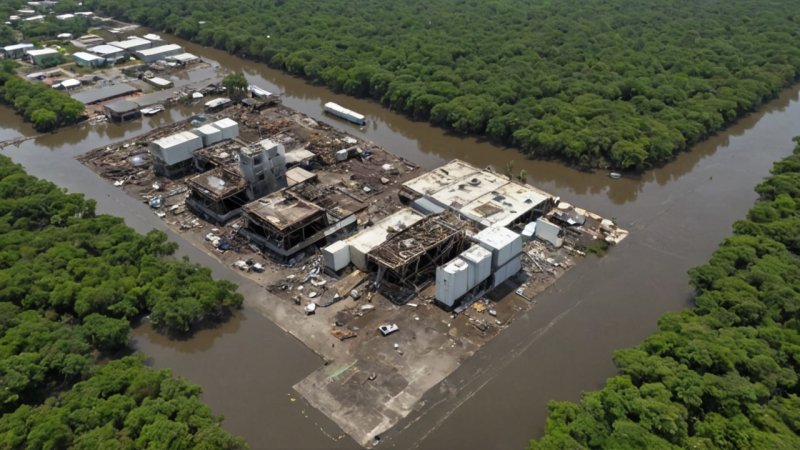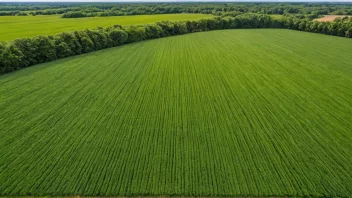Introduction
Disasters, whether natural or man-made, pose significant challenges to communities around the world. Engineering plays a crucial role in mitigating the impact of these events and facilitating effective recovery. In this article, we will explore the top five engineering innovations that are transforming disaster management and recovery, ensuring that communities are better prepared and more resilient in the face of adversity.
1. Advanced Early Warning Systems
Early warning systems are essential for disaster preparedness. These systems utilize a combination of satellite data, ground sensors, and predictive modeling to provide timely alerts about potential disasters such as hurricanes, earthquakes, and floods.
- Real-time Monitoring: Continuous data collection allows for immediate analysis and quick dissemination of information.
- Community Engagement: Effective communication strategies ensure that vulnerable populations receive warnings and understand necessary actions.
2. Resilient Infrastructure Design
Engineers are now focusing on creating infrastructure that can withstand extreme weather and seismic events. This includes buildings, bridges, and roads designed with flexibility and strength in mind.
- Earthquake-resistant Structures: Innovations such as base isolators and energy-dissipating systems help buildings absorb seismic shocks.
- Flood-Resilient Design: Elevating structures and using permeable materials can reduce flood risks.
3. Drones and Aerial Technologies
Drones are revolutionizing disaster response by providing aerial views of affected areas, enabling rapid assessments of damage and the status of infrastructure.
- Damage Assessment: Drones can quickly survey large areas, providing real-time data to emergency responders.
- Delivery of Supplies: In hard-to-reach areas, drones can deliver essential supplies such as food, water, and medical aid.
4. Geographic Information Systems (GIS)
GIS technology allows for the mapping and analysis of spatial data, which is critical in disaster management.
- Risk Assessment: GIS helps identify vulnerable areas and populations, allowing for targeted preparedness efforts.
- Resource Allocation: During recovery, GIS can optimize the distribution of resources and aid based on real-time data.
5. Sustainable Recovery Practices
Post-disaster recovery efforts are increasingly focused on sustainability, ensuring that rebuilding efforts do not compromise future resilience.
- Green Building Techniques: Utilizing sustainable materials and energy-efficient designs can enhance resilience.
- Community Involvement: Engaging local populations in recovery efforts fosters ownership and ensures that rebuilding meets community needs.
Conclusion
The role of engineering in disaster management and recovery is vital for enhancing community resilience. By leveraging advanced technologies and innovative practices, we can better prepare for, respond to, and recover from disasters. The innovations discussed in this article not only improve immediate responses but also contribute to long-term sustainability and safety for future generations.






